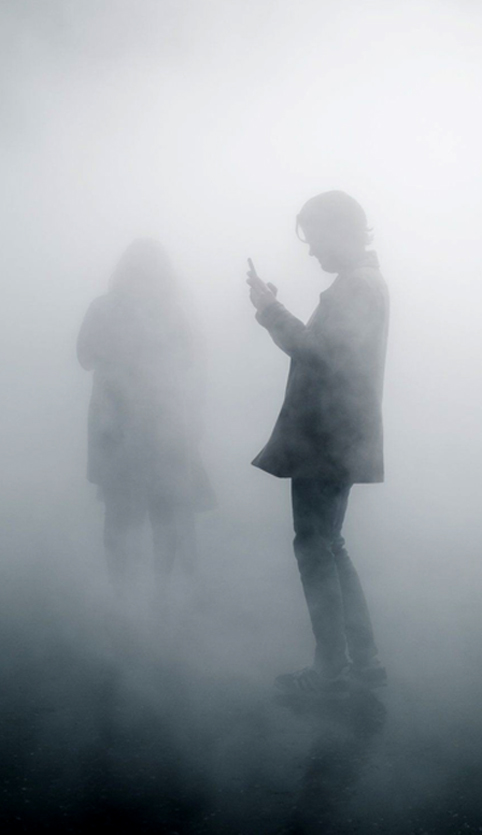
FUJIKO NAKAYA
中谷芙二子
fog sculptures
ok-offenens kulturhaus linz
In 1970 Nakaya created her first fog sculpture when commissioned by the group Experiments in Art and Technology (E.A.T) to make a work for the Pepsi Pavillion of the Osaka World Exposition. In creating a work of white mist enclosing the building, Nakaya became the first artist to have used fog as a sculptural medium. E.A.T is an organisation devoted to facilitating working relationships between artists and engineers. Nakaya worked with American engineer Thomas Mee to create the fog for her Osaka commission, the technique for which she has continued to use, with minor moderations, for her subsequent fog sculptures since.Whilst Nakaya has also worked in film and video, it is her use of fog for which she is best known. Nakaya has used pure-water fog to create installations, performances, stage-sets and environmental park designs, often collaborating with other artists or with performers, choreographers and composers. Nakaya’s interest in fog has developed from its relation to our visual sense. In a thick fog we become disorientated, frustrated at our inability to see. In this way, Nakaya’s sculptures activate our other senses, to compensate for our loss of sight.
